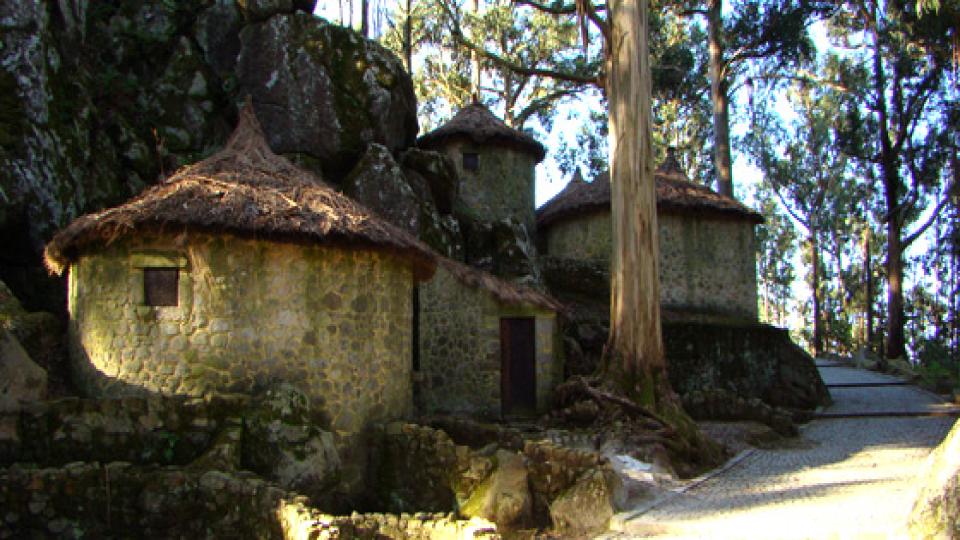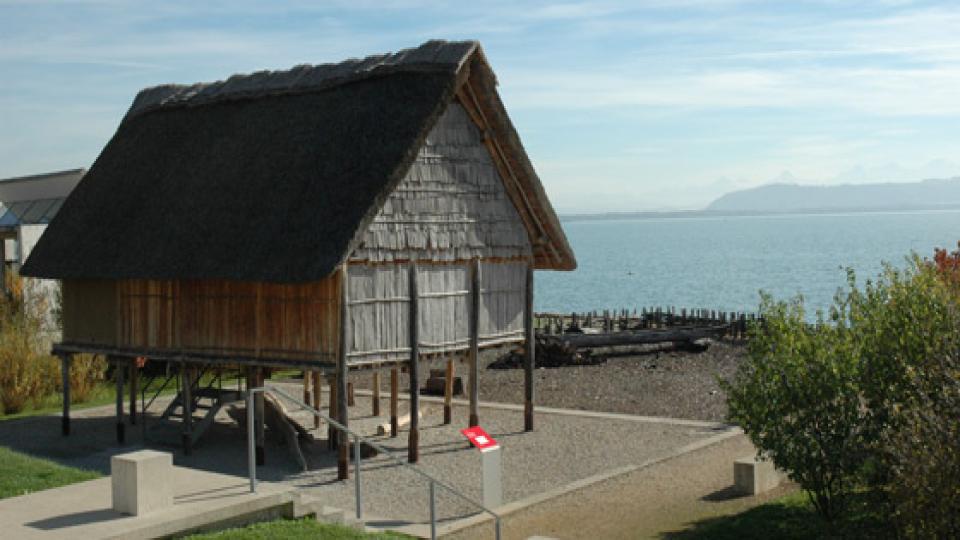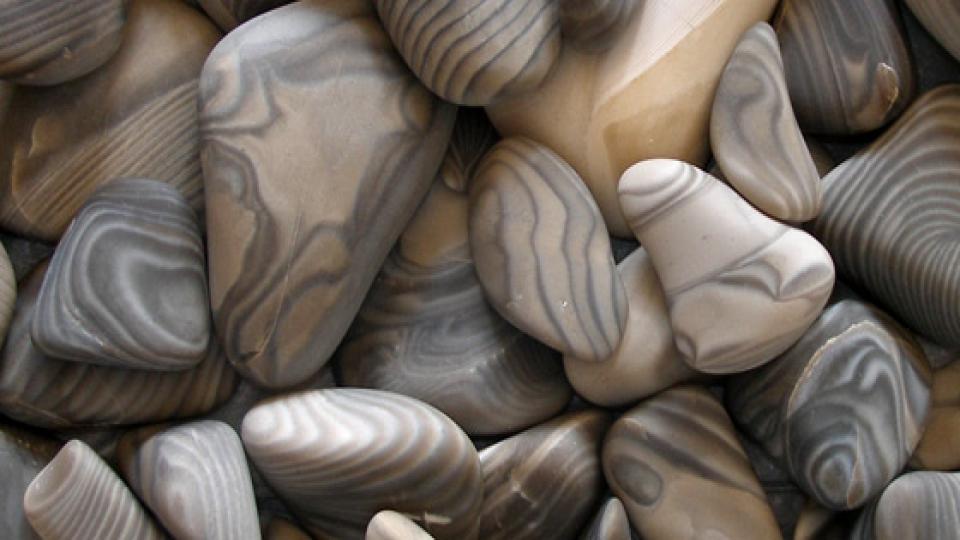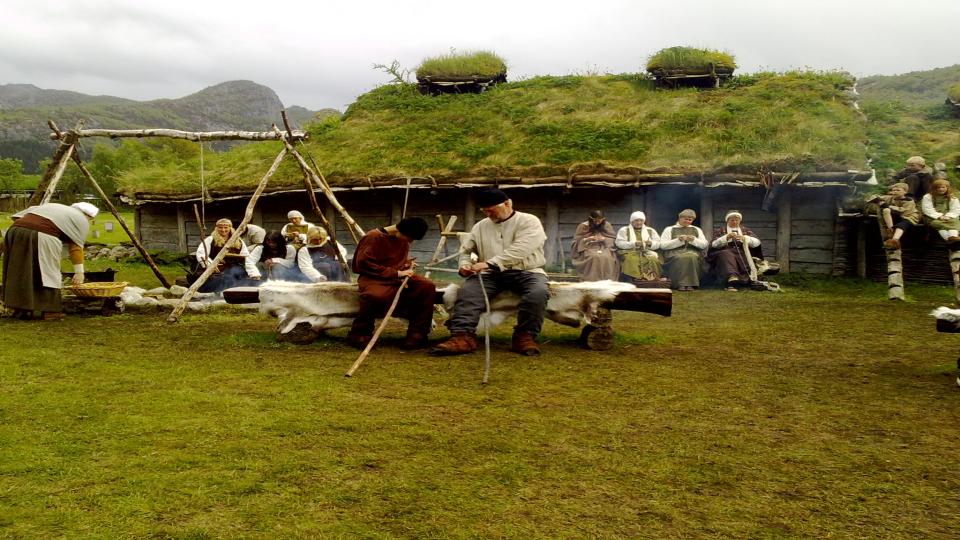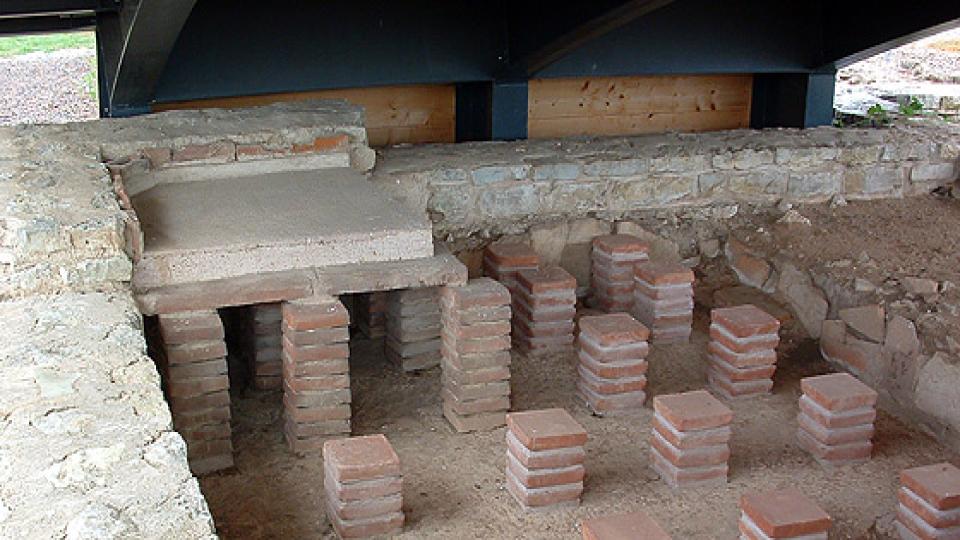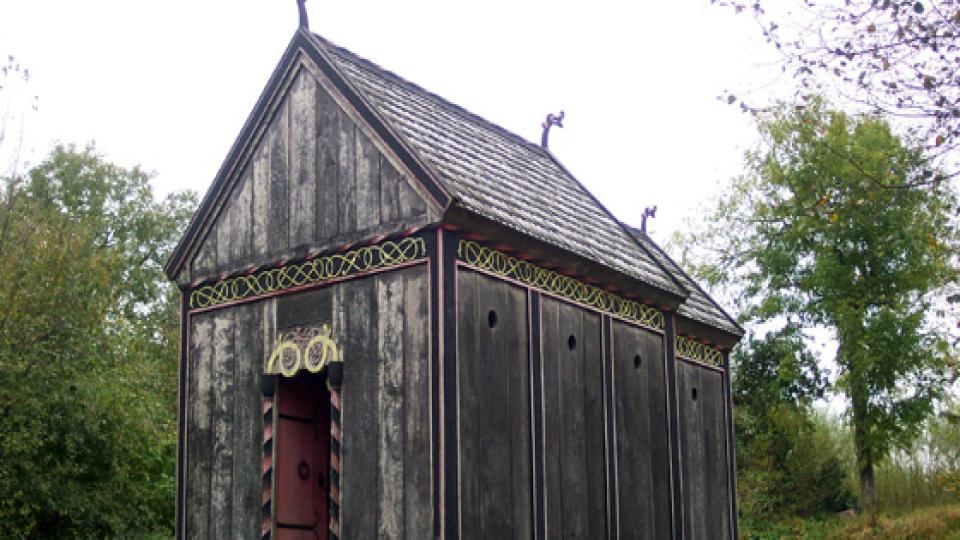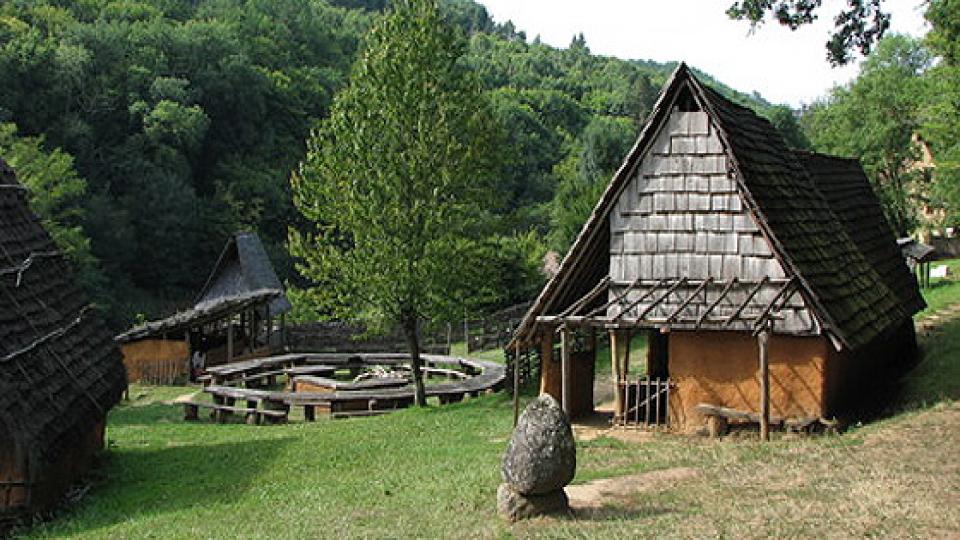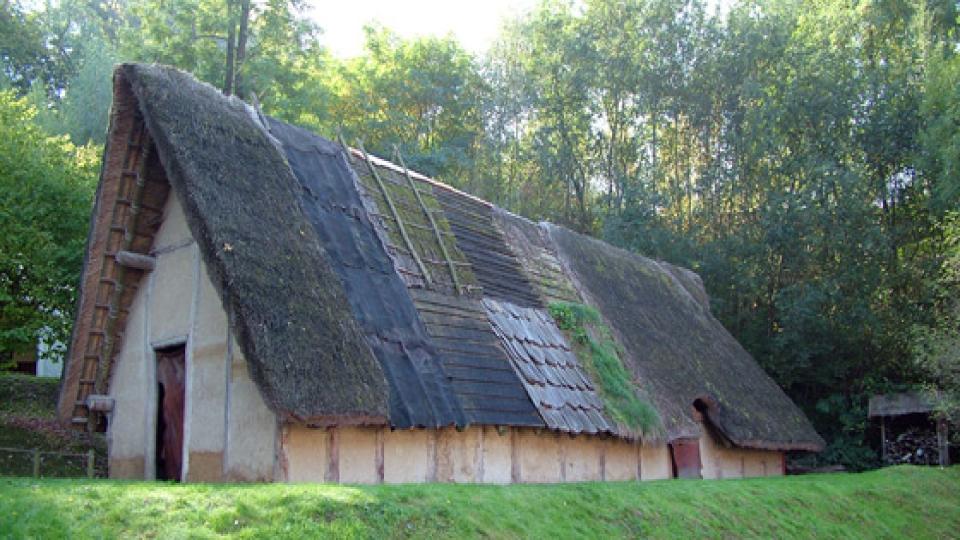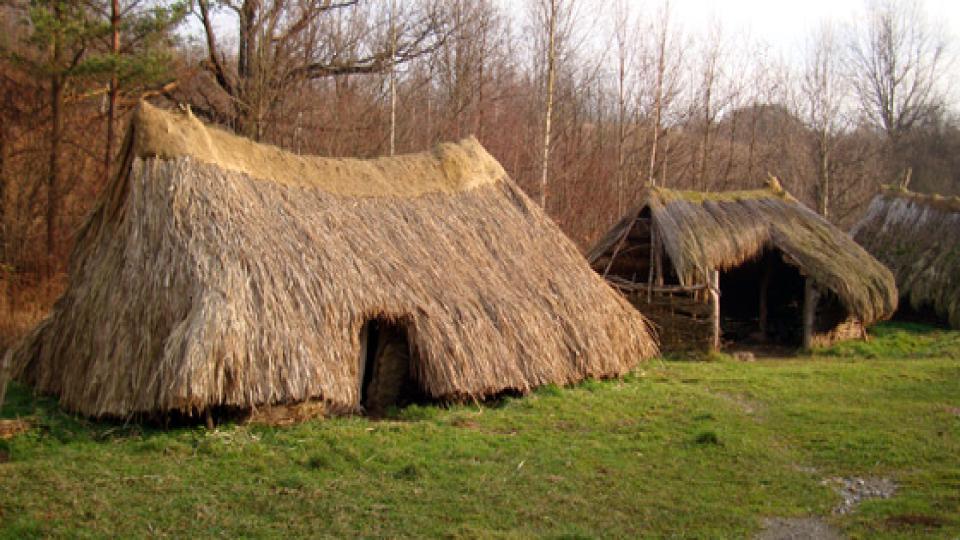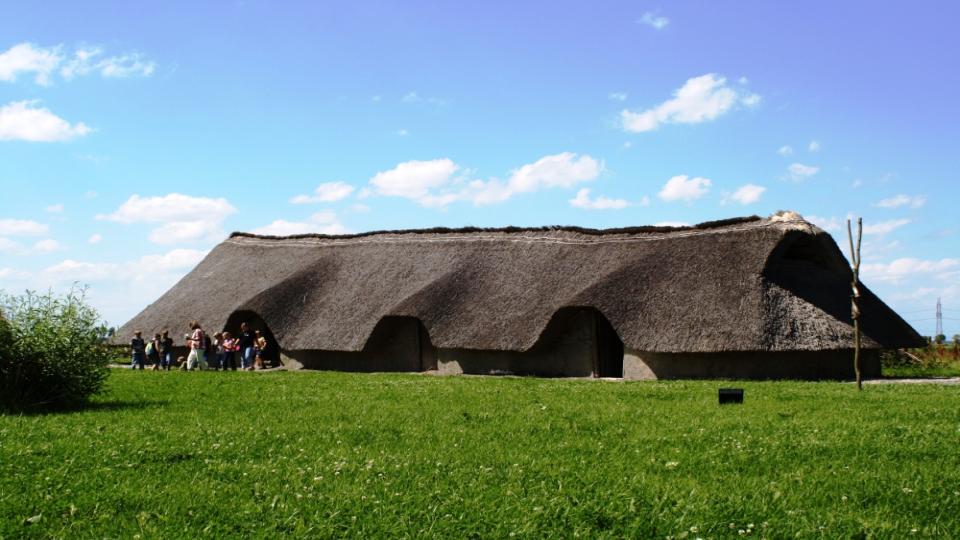Bronze Age
Castro de S. Lourenço (PT)
The Castro de S. Lourenço in the district of Esposende is part of a series of hill forts which controlled the region’s coastal shipping route. The site gives a great panoramic view and control over both the coastal area and the estuary of the Cávado river.
Laténium (CH)
The Laténium park & museum (“Parc et musée d’archéologie de Neuchâtel“) houses one of the most important archaeological collections of Switzerland and is named after the famous Iron Age era (6th – 5th century BC). It is the official cantonal archaeological museum and also houses the Neuchâtel cantonal archaeological department.
Muzeum i Rezerwat Archeologiczno - Przyrodniczy Krzemionki (PL)
The Świętokrzyskie (or Holy Cross) Mountains have been famous for their flint mines of chocolate flint and banded flint since Neolithic times. It was in the 1920s, scientists realised that Krzemionki was the origin with many prehistoric mines still preserved, one of the largest complexes of its kind in Europe.
Fortidslandsbyen Landa (NO)
At Landa, In the 1980s and 90s, over 250 houses were excavated in one of the largest excavation campaigns of Norway. This area was in extensive use from Bronze Age well into the Viking Age. The project "Fortidslandsbyen Landa på Forsand" has three reconstructed houses.
Europäischer Kulturpark Bliesbruck-Rheinheim (DE)(FR)
The French-German border cuts straight through a complex of archaeological sites, most of which date to the Iron Age & Roman Era. A perfect occasion to explain that our present borders are in our minds, not in reality. Archaeologist Jean Schaub founded the European Culture park at both sides of the border – in France at Bliesbruck, in Germany at Gersheim-Reinheim.
Moesgård (DK)
The archaeological faculty of the University of Århus is situated in the old mansion Moesgård. It is well located, away from the city but not too far and surrounded by a forest like park adjacent to the beach. The 18th century Manor House of Moesgård is also home to an important archaeological and ethnographic museum. The permanent exhibition presents many unique archaeological finds from prehistoric Denmark.
Parc Archéologique de Beynac (FR)
Near the Dordogne valley, a Bronze Age settlement was found at the foot of the Beynac castle. Once excavated, this site was turned into an archaeological open air museum, run by the Museum Association of the Sarladais area.
Préhistosite de Ramioul (BE)
The Préhistosite at Ramioul consists of caves used in Palaeolithic, an archaeological open-air museum, indoor education areas and a traditional museum.
Dziejba (PL)
Under supervision of the Institute of Archaeology at the Jagiellonian University and the Department of Metallurgy & Metal Engineering at the AGH University of Science and Technology, both situated in Kraków, the Dziejba Society (Stowarzyszenie Dziejba) is running a settlement the way it could have been like in the Bronze Age.
Bronzezeithaus Hahnenknoop (DE)
In 1971, the archaeological site Rodenkirchen-Hahnenknooper Mühle was excavated northwest of Bremen along the B 437. The excavation was coordinated by Dr. Erwin Strahl of the “Niedersächsisches Institut für historische Küstenforschung” from Wilhelmshaven, an institute which is active in this region for a long time already. This Brozne Age settlement is the oldest found in these coastal marshlands so far, dating to the 10th and 9th century BC.

